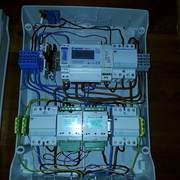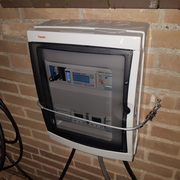thefishnets
Member
- Joined
- Jan 2, 2019
- Messages
- 8
I tow a caravan in Europe and use sites with an electrical 'hook-up' system. The output of the 220V electrical supply points is sometimes limited to 16 amp and sometimes limited to 10 amp. The limit is 'enforced' by having a circuit breaker designed to trip at the 16/10 amp level in the circuit.
Would it be possible to overnight charge the Outlander (using the Mitsubishi supplied 3pin charging cable + suitable outlet adapter) from this power source or would the demand be likely to trip the circuit breaker? I know it can be charged from a solar array 6amp supply but the current limit is then the limited output of the array but is there a way of telling the onboard charging unit not to demand more than 10 amps?
Would it be possible to overnight charge the Outlander (using the Mitsubishi supplied 3pin charging cable + suitable outlet adapter) from this power source or would the demand be likely to trip the circuit breaker? I know it can be charged from a solar array 6amp supply but the current limit is then the limited output of the array but is there a way of telling the onboard charging unit not to demand more than 10 amps?




































